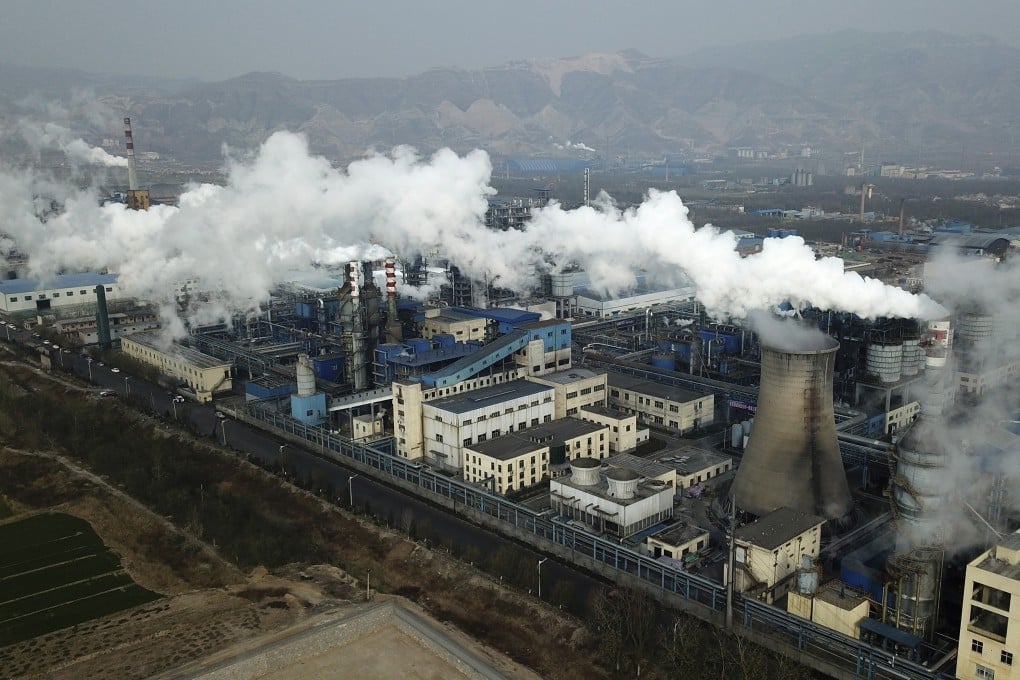What has caused China’s electricity shortages, and is Beijing’s carbon-neutral goal solely to blame?
- Sixteen of mainland China’s 31 provincial-level jurisdictions are rationing electricity as they race to meet Beijing’s annual emissions reduction targets
- The price of thermal coal, used for power generation, has been soaring all year and hit new highs in recent weeks

Non-negotiable carbon reduction targets have forced many local provincial governments in China to impose rushed measures such as widespread power cuts, although an urgent shortage of coal has also emerged as a likely reason for the power supply crunch that is sweeping the nation.
China’s power supply crisis ratcheted up a notch over the past week with more than half of the country enduring power cuts, making it one of the most extreme examples of energy rationing in the nation’s history, especially considering the impact it is having on regular households.
Power cuts are commonplace in China and are usually restricted to industrial users, but their frequency has risen since the second half of last year and have now been extended to households.

03:30
Life with no power: Why some major cities in China are having to ration electricity
“An additional 10 provinces failed to meet their progress targets in the reduction rate of energy consumption intensity, and the situation of national energy saving is very severe,” NDRC spokeswoman Meng Wei said.
Xi’s dual carbon targets are politically non-negotiable. Accordingly, they have become a catalyst for all manner of policy – certainly including the power generation and consumption controls